Industrial Bideford: The wharves and the leather trade
The manufacture of leather and leather goods between 1680 and 1830 was, after textiles, one of England’s most important industries.
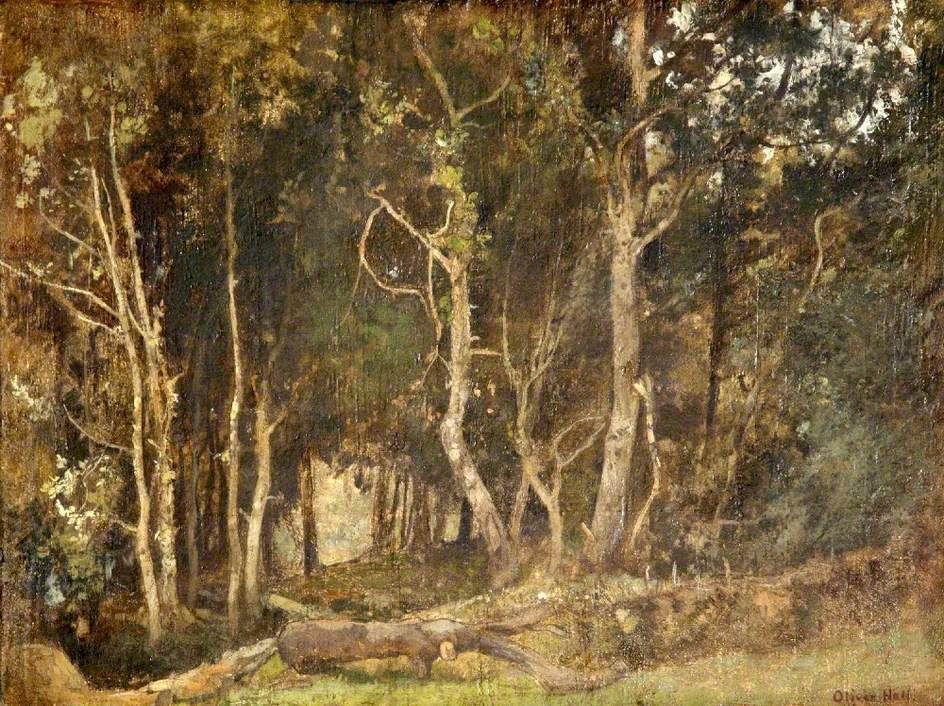
Almost all leather was tanned using oak bark. Bideford and surrounding areas were big producers and exporters of oak bark to the tanning industry both at home and abroad. Tanning involves the processes used to clean and cure the untreated hide ready for use. The acid from oak tree bark was essential to this process as it makes leather more durable.
Local historian John Watkins, writing in 1792, commented on the quantity of bark being collected locally, expressing concern that this practice was killing too many trees and depriving shipbuilders of mature timber. Consequently, bark stripping would have greatly changed the environment and ecology of the countryside around Bideford. During the Napoleonic War (1803 – 1815) demand for bark increased because of the military’s need for equipment and uniform made from leather. At the end of the war there was a decline in bark sales and prices fell considerably.
However, industrial and agricultural demand for leather products continued. The 1841 Census ranked Devon as third highest in England for individuals working in the leather trade.
Later, when mechanised farming equipment caused a reduction in the use of horses there was a significant reduction in the number of skilled people working in the trade.
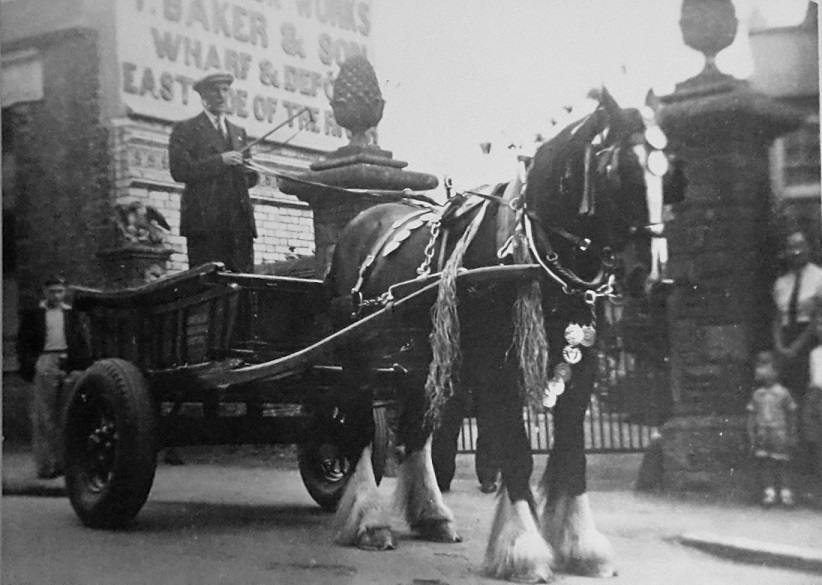
Leatherwork in Bideford and East-the-Water
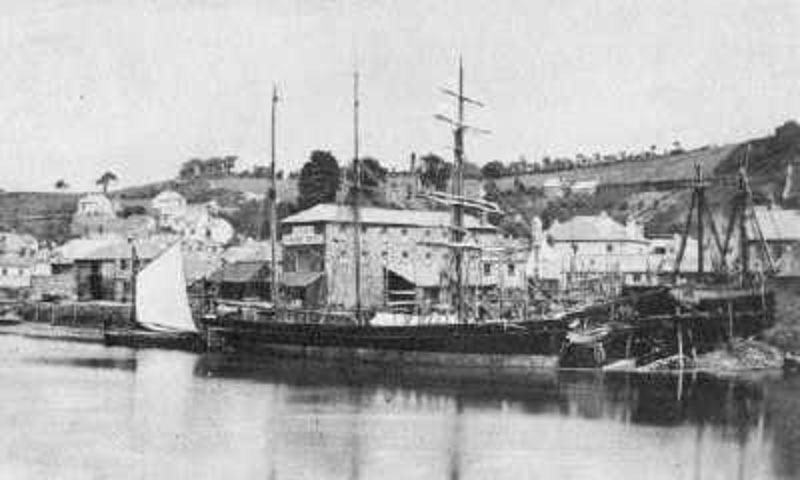
Clarence Wharf, standing where there is now a car park on the East-the-Water side of the River Torridge, is believed to have been established sometime in the early 18th century by Mr Thomas Tapp, a bark merchant from South Molton. Henry Tucker, of Bideford, is recorded as exporting malt and bark from there in 1791. When it was sold in 1836, on Henry Tuckers death, it was listed in the Bideford Gazette as having
“… a capital Bark Cellar, and Timber Warehouse, each measuring 52 feet long, by 24 feet broad …”
During the 19th century many saddlers, harness makers, bootmakers, shoemakers, tanners, curriers and other leather workers lived and worked in Bideford and East-the-Water.
Raw hides were processed at Westcombe Lane Tannery, Bideford. Mr George Long owned the tannery from at least the late 1830s, and the business survived into the early 20th century when the local demand for leather declined.
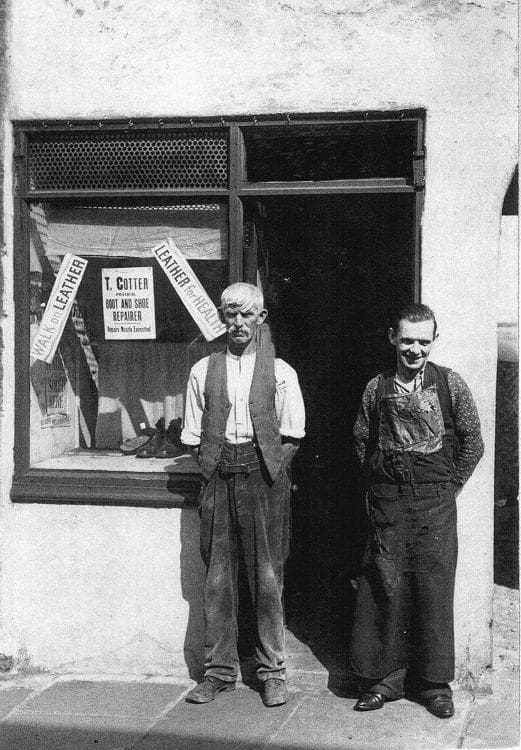
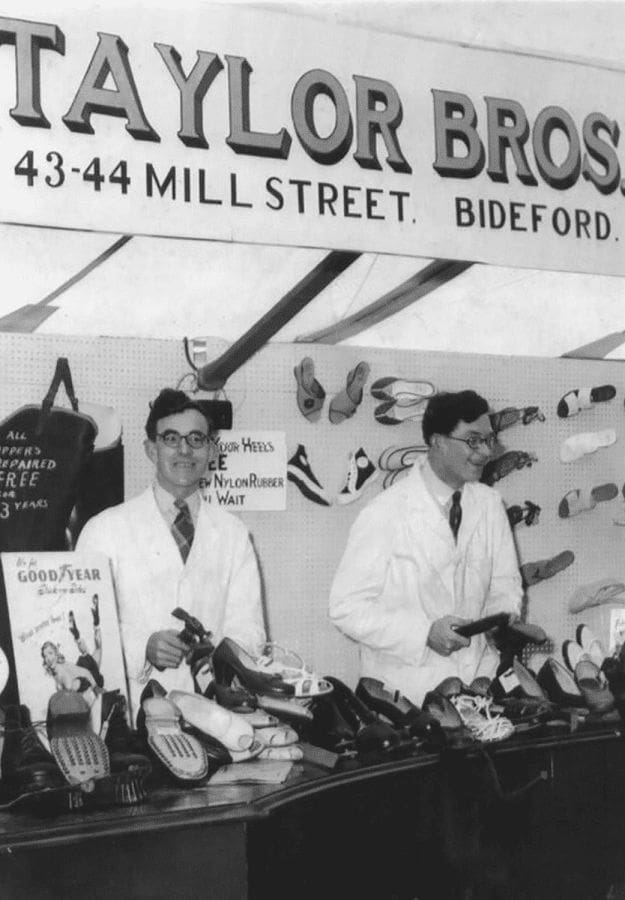
Leatherwork Stories: Stories of Bideford People
Men and women working with leather lived and worked all over East-the-Water and Bideford. There were multiple boot and shoe makers shops on Mill Street, the High Street and New Street in in 1851. But by the end of the First World War this number of had halved. There was a similar decline in saddlers and harness makers. Only one, Derek Johns, was still working on Buttgarden Street up until 1997.
George Cole: Currier and Innkeeper
George Cole was a currier and Innkeeper at the Princes Royal Inn (originally at the foot of Vinegar Hill, East-the-Water). Born in South Molton, at 19 George was an apprentice currier to Robert Rice living at Cross Street, Barnstaple.
In 1869 George was going bankrupt and by 1887 the court had lost patience with his refusal to pay his debts. He was sentenced to 10 days in prison.
Robert Dymond: Boot Maker
Robert Dymond lived in East-the-Water. Starting out as an agricultural labourer, Robert Dymond grew a successful business in Mill Street, Bideford.
But by 1899 he was being sued for bankruptcy, and living off the rent from his wife’s properties as well as his salary as a verger of St. Peters Church, East-the-Water. His failure was attributed to the loss made on a shop on Allhalland Street, bad debts and depreciation of stock. In 1901 he was still listed as a boot maker, and his daughter Lilly was a shoe maker’s machinist (worker).
Derek Johns: Saddler and Harness Maker
Derek Johns worked in the saddlers and harness makers shop in Buttgarden Street, Bideford. He worked with his grandfather and father from the 1940s, retiring at 70 in 1997.
The Buttgarden Street shop was opened in 1859. Derek’s grandfather, Thomas Johns, took over the shop and trade in the early 1920s. At one time the saddler’s shop employed seven men working 12-hour days to meet demands.
The decline in working horses meant that the business turned towards supplying leisure and sport instead.
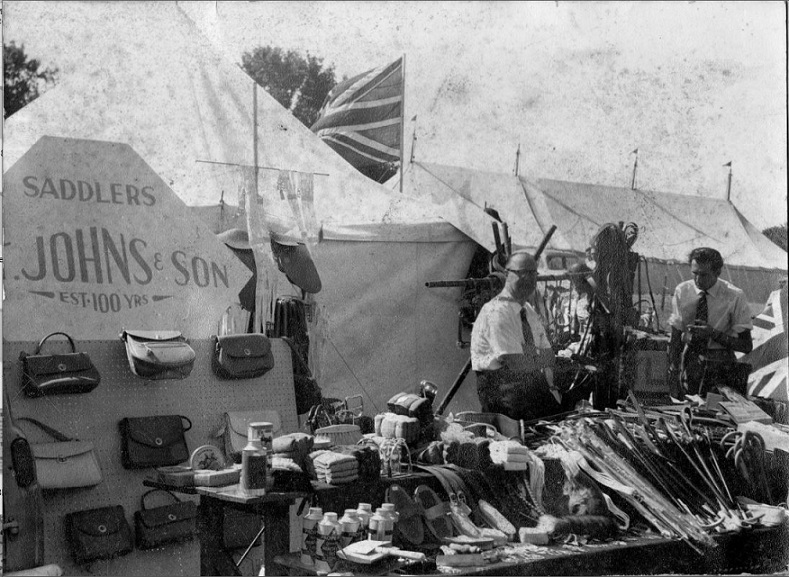
Authors: Nicole Hickin and Michael Teare
For more information about East-the-Water’s estuary wharves, ships, businesses and people, and about the historical and cultural impact on the town of Bideford, visit the Way of the Wharves website. Way of the Wharves began in 2016 as a community volunteer project to research the history of East-the-Water. In 2020, it became a charity with an educational focus.


